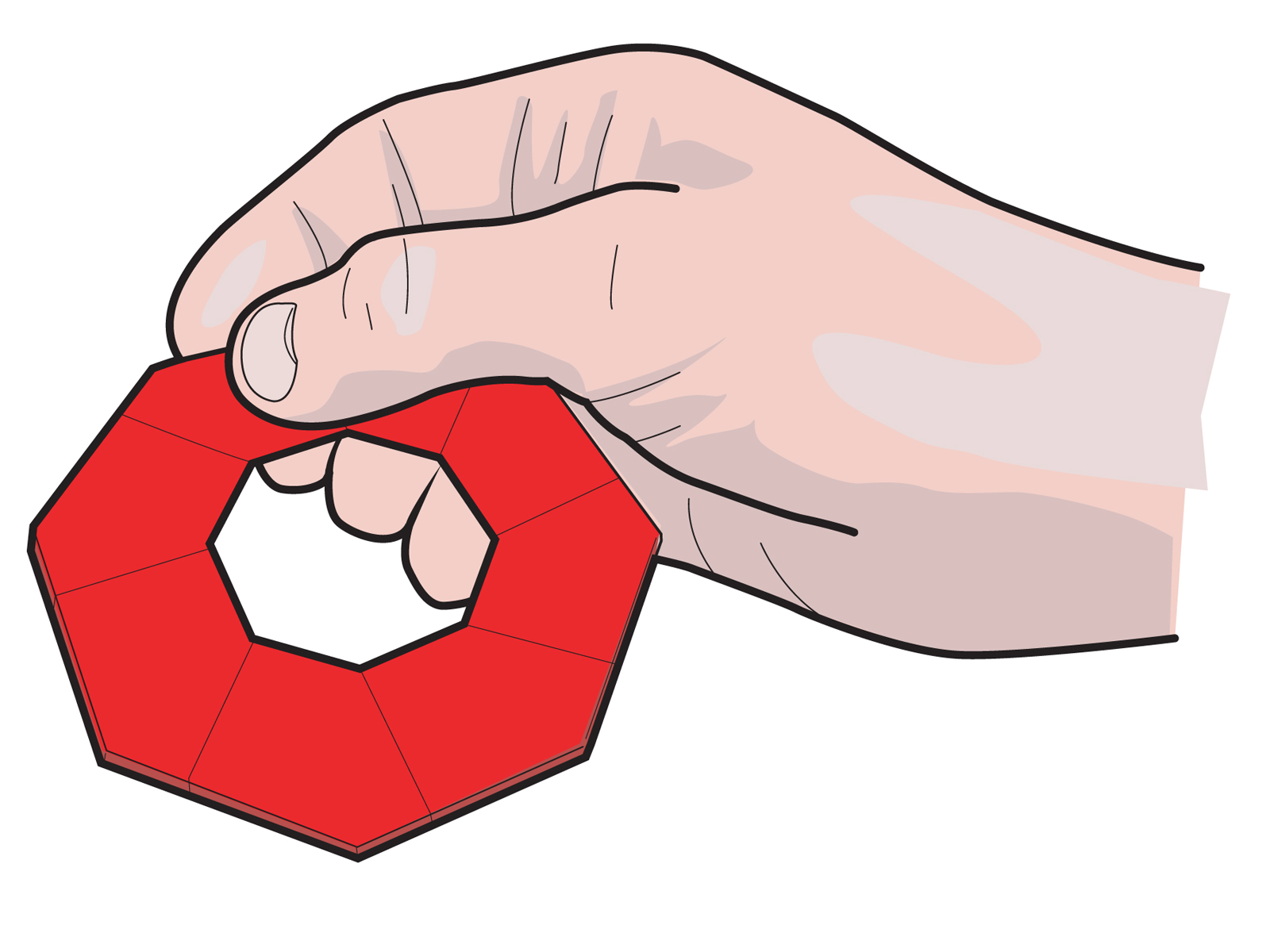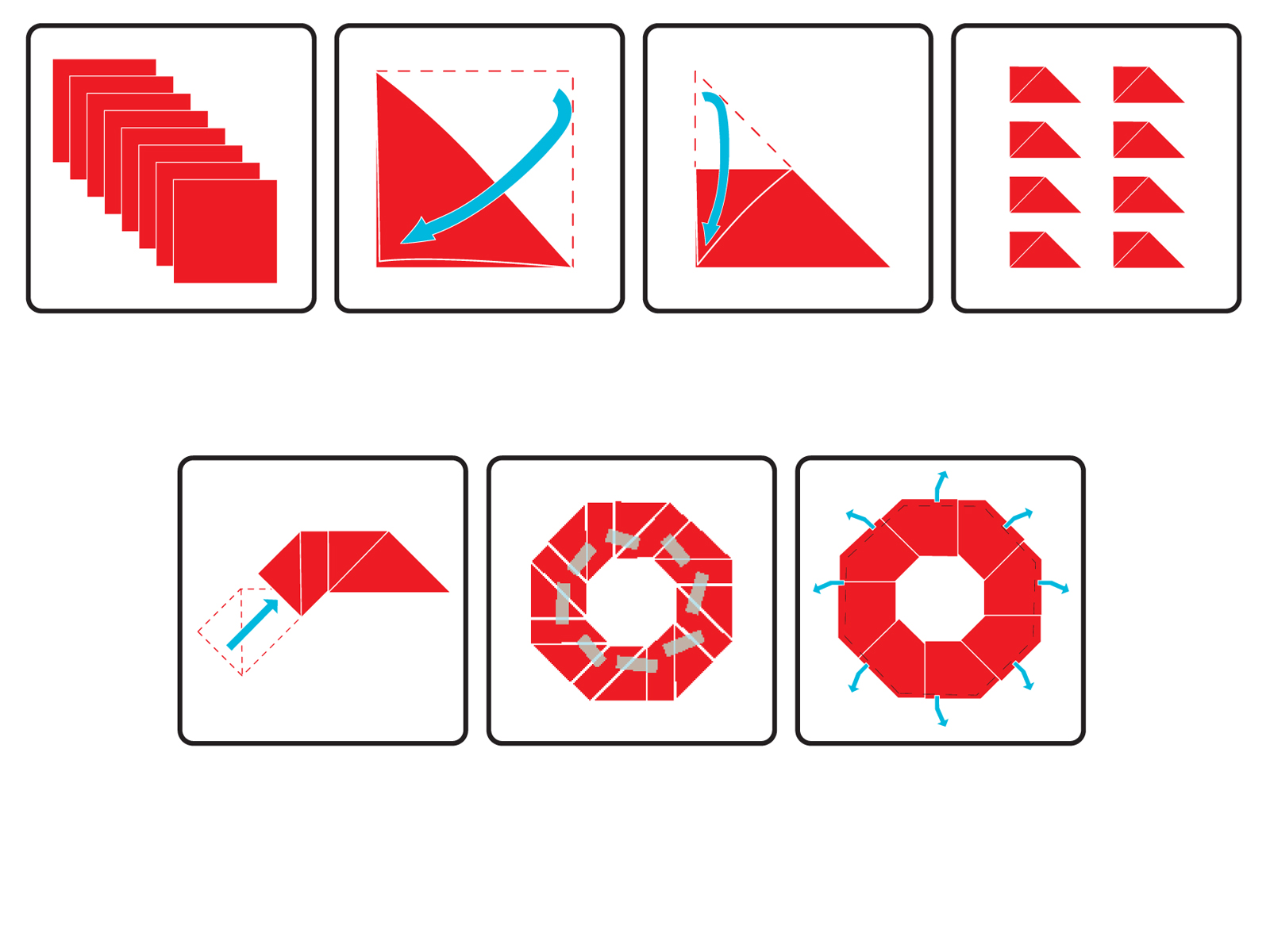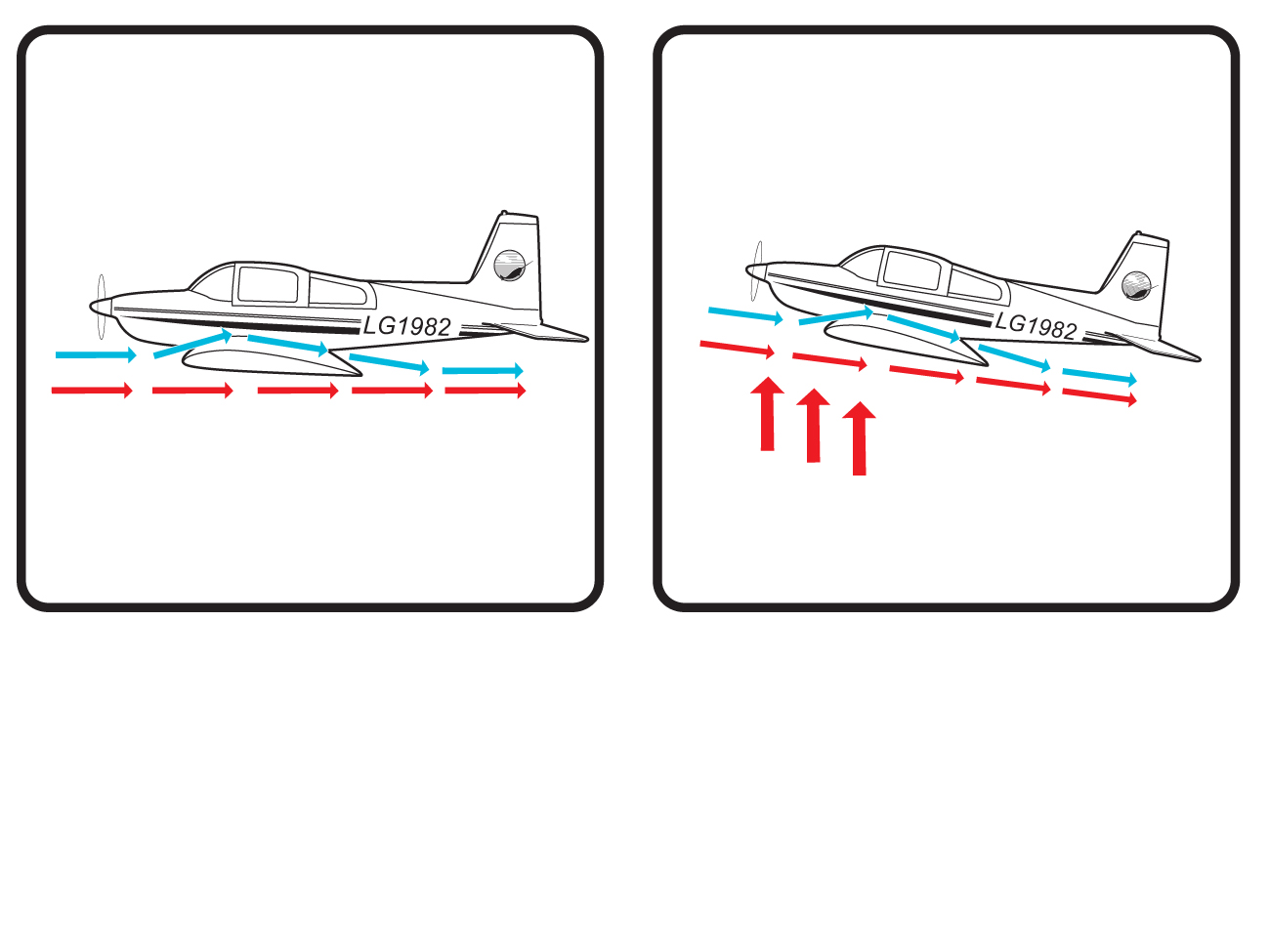Make a paper flyer to understand Bernoulli’s principle of flowing fluids and gases.
Projects from Make: Magazine
Origami Flying Disk
Make a paper flyer to understand Bernoulli’s principle of flowing fluids and gases.

Demonstrate Bernoulli’s principle.

Cut a paper strip ½”×4″. Hold the paper strip just below your lips, and blow above the strip. The paper will rise!
This occurs because of Bernoulli’s principle — fast-moving air has lower pressure than non-moving air. The still air below the strip has higher pressure than the moving air above, so it pushes the strip upward.
Try another quick test.

Cut 2 paper strips ½”×4″. Hold them about 2″ apart and blow air between them. You expect them to blow apart, but they actually come together. Bernoulli’s principle is working here because the faster-moving air between the strips has lower pressure than the air outside them, which therefore pushes them together.
The top of an airplane wing curves upward and has a longer surface than the bottom. When the plane moves, the air moving along the top must travel farther and faster than the air moving past the straight bottom. The faster-moving top air has less pressure than the bottom air. This provides lift.
Make an origami flying disc.

Now use your newfound Bernoulli principle knowledge to make a flying disc using only paper and tape.
Cut eight 2″×2″ square pieces of paper. Fold the top right corner of one square down to the lower left corner. Then fold the top left corner down to the lower left corner to create a small triangular pocket. Repeat these two folds with the remaining 7 squares.
Insert one paper figure into the left pocket of another. Insert the figures into each other until they form an 8-sided disc. Hold the disc firmly together while you apply tape as required.

Fly it.
Turn the disc over and toss it like a Frisbee. You’ll see that it glides a bit, but then drops rapidly. The reason is that the top and bottom surfaces are straight.
Now bend down the outer edges to form a curved lip as shown in the image on the lower right. This should produce the Bernoulli effect.
Throw the flyer with a quick snap of your wrist, and it should stay aloft for a much greater distance.
Conclusion
This project first appeared in MAKE Volume 10, page 167.






